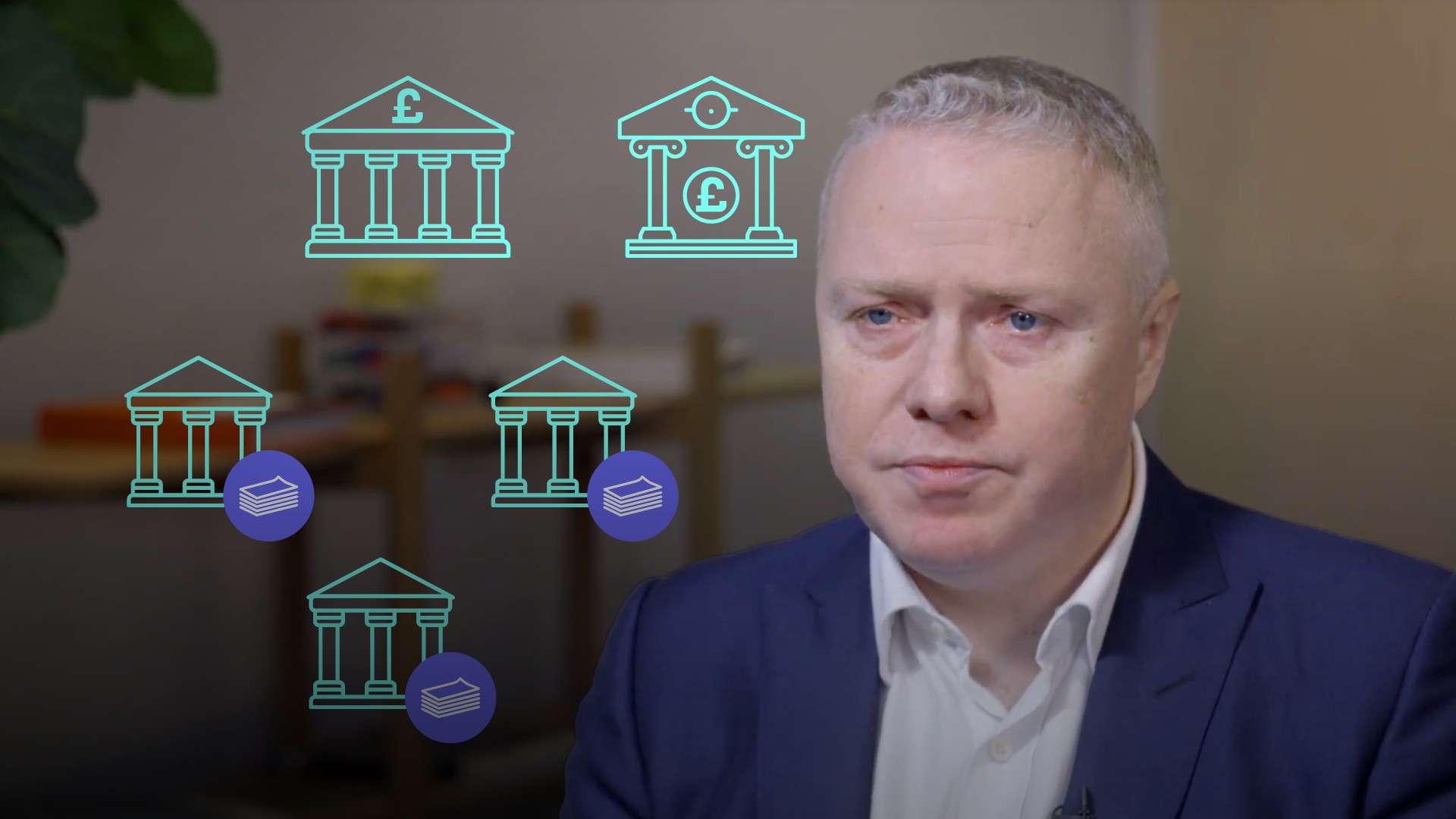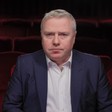
Implications of Unwinding QE

Trevor Pugh
20 years: Trading & hedge funds
It did not take long after the introduction of QE for market commentators to become overly concerned about a future problem with the policy: what happens when the central banks unwind QE? In this video, Trevor discusses the issues associated with unwinding the policy, the stages of QE and the timing of the unwind.
It did not take long after the introduction of QE for market commentators to become overly concerned about a future problem with the policy: what happens when the central banks unwind QE? In this video, Trevor discusses the issues associated with unwinding the policy, the stages of QE and the timing of the unwind.

Implications of Unwinding QE
12 mins 38 secs
Key learning objectives:
Identify the 4 stages of QE
Understand the biggest concerns of the unwind
Identify the best time for banks to reduce their balance sheets
Overview:
This essentially involves a rapidly expanding economy that requires reversing QE in order to slow it down. To do this, central banks can take their time unwinding QE, and use interest rates to tighten policy where necessary. However, associated with this are a wide array of concerns; for example, huge central bank losses.
What are the biggest concerns associated with the unwind of QE?
- If the central bank were to become a seller of bonds, and the Treasury were to remain a seller, then the two largest participants in the market would be heading in the same direction which could cause a large sell off and a lack of liquidity
- There were concerns over the bonds being sold at a loss. What would happen if the central bank sold at a lower price than it paid
Why are the concerns about central bank losses “misplaced”?
- The investment generally proved to be a good one in its own right. The ongoing payment of interest on the bonds built up a significant cushion which could absorb losses. And in any case, rates stayed low and the central bank’s portfolio remained in the money
- Is it not the correct thing to do to accept a loss on a central bank balance sheet for the overall bigger picture of saving the economy? This is clear as a loss on a central bank balance sheet is not the same thing as a loss on a private sector balance sheet
- The Treasury in the UK indemnified the central bank against any losses. This does allow potential losses to be managed in the context of a larger economic picture - a stronger economy would improve the Treasury’s position at a time when it might have to absorb losses from higher bond yields
- As the central bank is in control of its domestic currency, it will always be able to meet its liabilities. A central bank can create reserves or ‘print money’ to meet liabilities, and thus, losses are not a concern
What are the four stages of Quantitative Easing?
- Build up
- This is where central banks purchase bonds in the market, adding reserves to the balance sheets of private banks
- Consolidation
- The point of central bank holdings of bonds is that they mature, so if a central bank were to do nothing, they would overtime have no bonds in their portfolios. However, banks are considered with maintaining a stock of QE bonds and thus, they reinvest the proceeds of maturing bonds on a regular basis
- Run-off
- This is the process whereby the central bank decides to reduce the size of the balance sheet, and the easiest way to do this is to allow the maturing bonds to run off and not invest the proceeds in other bonds. The US did this is June 2019, by only partially reinvesting the proceeds of maturities, they started a natural process of balance sheet reduction
- Selling
- No central bank has yet undertaken a meaningful sale of QE bonds. This is not just because of the danger of reserves falling to levels that are too low for private banks’ needs. It is also due to the danger of the Treasury and the central bank selling bonds at the same time
Why does the market now require a larger amount of reserves than in the past?
In September 2009, the market provided strong evidence that the level of central bank reserves needed in the market is considerably higher than it was pre-crisis. The quantity of excess reserves held by the banks at the Federal Reserve dropped from about $2.9 trillion to $1.3 trillion of US Treasury bonds from 2014 to 2019.
The Treasury had just issued a large number of securities and investment banks were required to take up a higher than usual amount. In order to do this, they needed financing, putting pressure on overnight borrowing markets. The net result was that overnight borrowing rates went from 2% to 10%. The FED responded aggressively by adding liquidity, buying t-bills and extending repo operations. This brought back down the rate. Hence, clearly showing the market cannot function properly if QE is totally unwound.
When should central banks start to reduce their balance sheets?
- Federal Reserve - Having raised rates for the first time since the crisis in December 2015, rates got to the level of 1.25% when they decided to reduce their balance sheet in 2017
- UK - MPC members have made it clear about the need for rates to be at a sufficiently high level (1.5-2%) so that it would be possible to engage in a cutting cycle, before the balance sheet unwind should take place. The MPC examined that the rates needed to be at a level where 150bp of cuts would be possible if the economy faced a future slowdown
- ECB - The ECB is currently engaged in expanding the balance sheet further as they struggle with continued low growth and inflation, and thus, any reduction is a long way in the future

Trevor Pugh
There are no available Videos from "Trevor Pugh"

